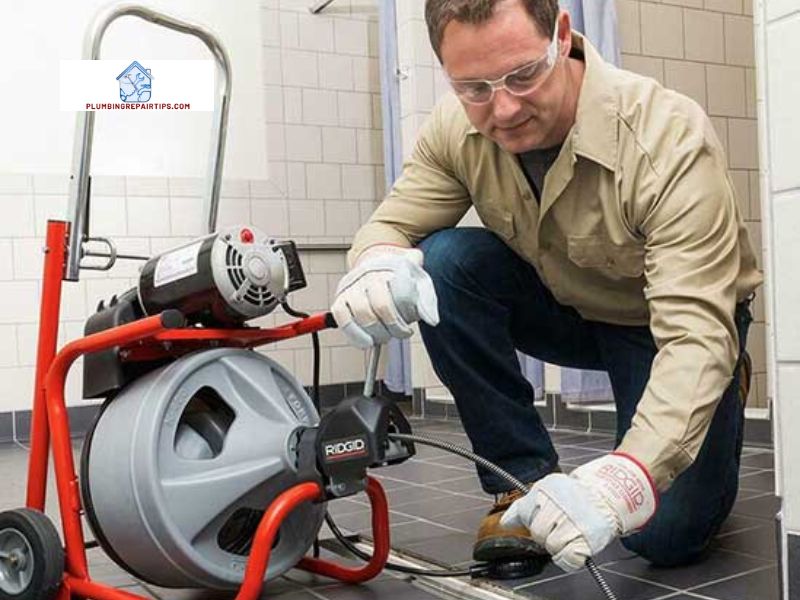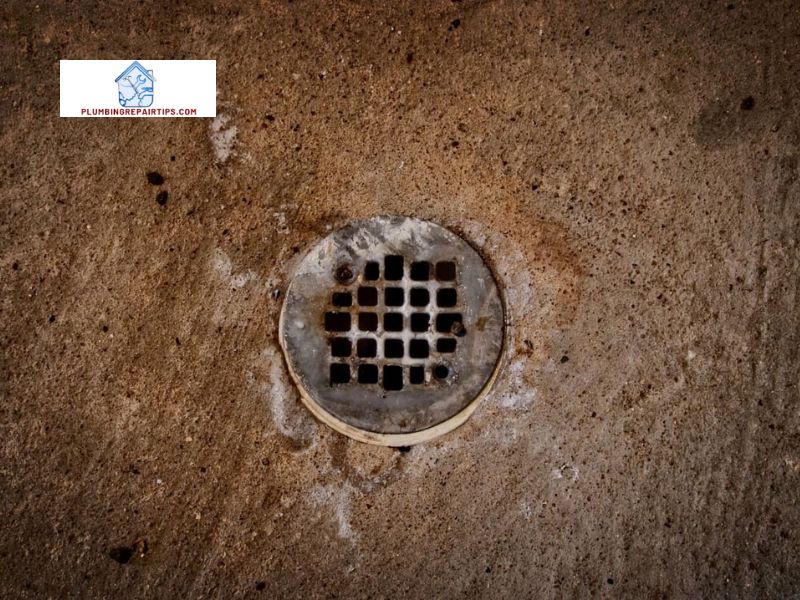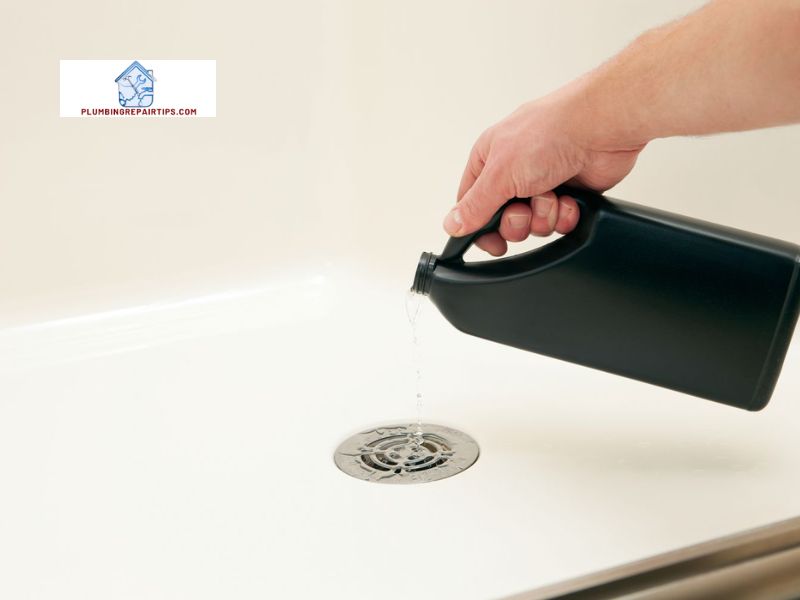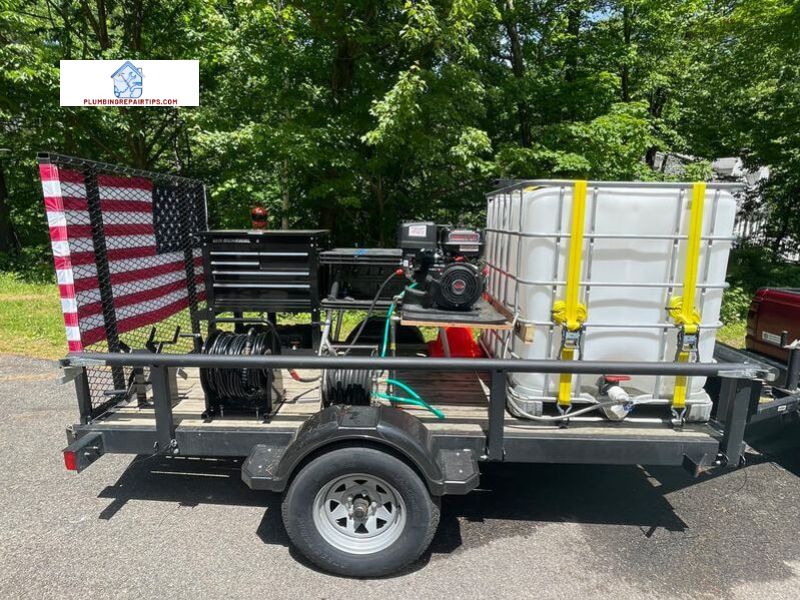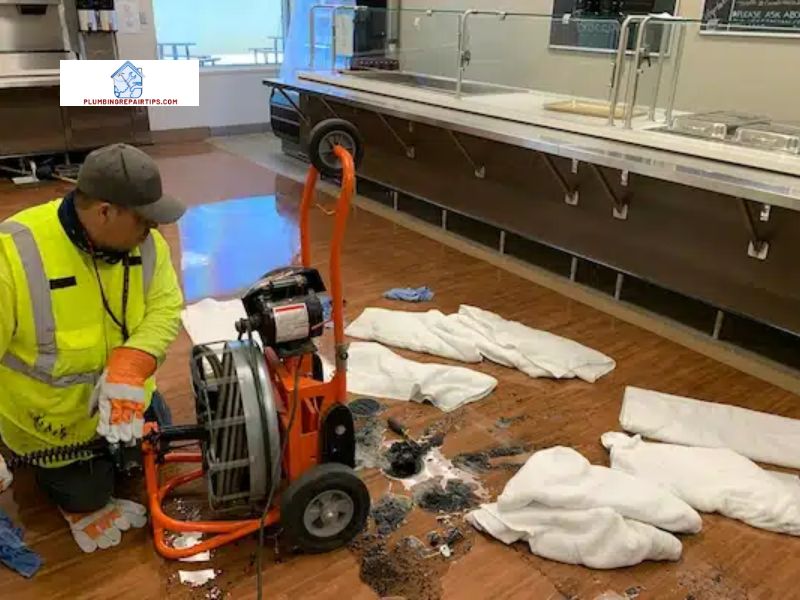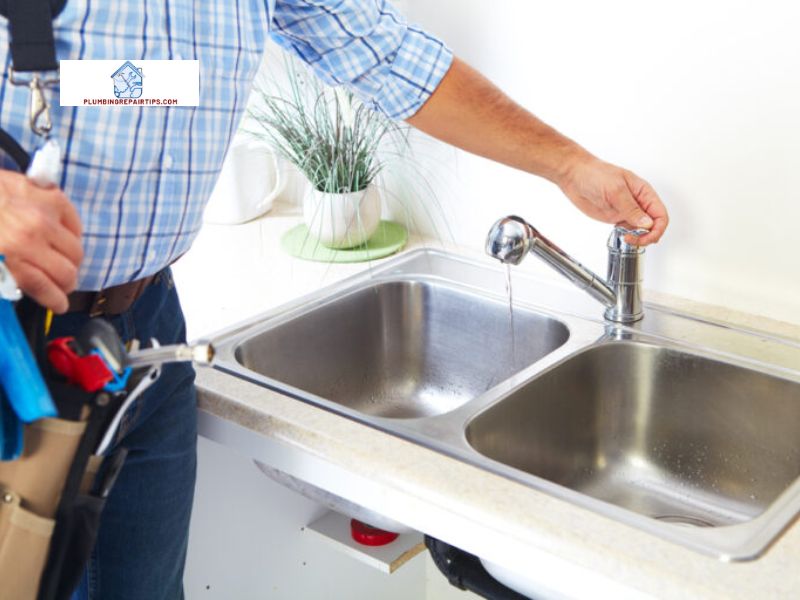Introduction
Imagine stepping into your shower, eagerly awaiting the soothing warmth of the water cascading over your body, only to be greeted by an unexpected sight – yellow hot water. This peculiar phenomenon can leave you puzzled and concerned about its implications. In this article, plumbingrepairtips.com will delve into the world of yellow hot water, exploring its causes, potential health risks, and effective solutions to restore the clarity and safety of your water supply.
Hot water is an essential aspect of our daily lives, providing comfort, cleanliness, and relaxation. From soothing tired muscles to washing away the stress of the day, we rely on hot water to keep us refreshed and rejuvenated. However, when our hot water takes on a yellow hue, it raises a red flag, prompting us to investigate further.
Introducing the Concept of Yellow Hot Water
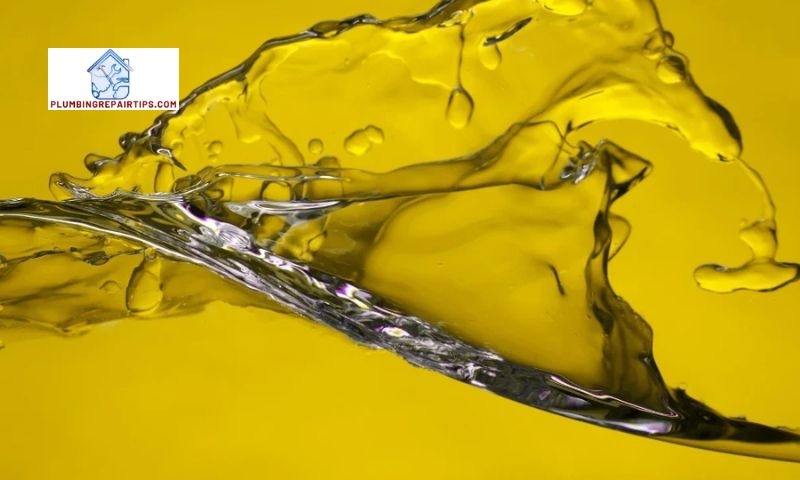
Yellow hot water refers to the discoloration of water that occurs when it deviates from its natural clear state and takes on a yellowish tint. This phenomenon can be attributed to various factors, ranging from mineral deposits and sediments to corrosion in pipes or even the presence of bacteria or algae. Understanding the causes behind yellow hot water is crucial in order to address the issue effectively and ensure the safety of your household.
As we embark on this journey to unravel the mysteries of yellow hot water, let us explore the underlying reasons behind its occurrence, the potential health risks it poses, and the proactive measures we can take to prevent and resolve this perplexing problem. So, join me as we dive deeper into the world of yellow hot water and discover the path to clean, clear, and reliable hot water.
Causes of Yellow Hot Water
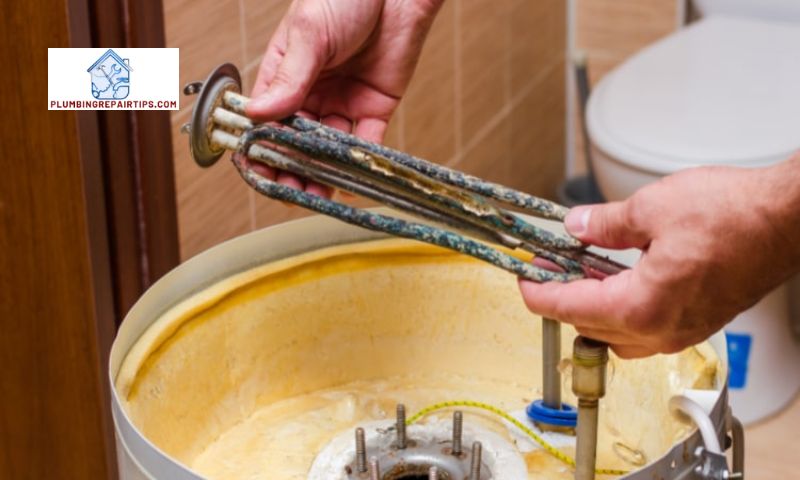
Mineral Deposits and Sediments
One of the primary culprits behind yellow hot water is the accumulation of mineral deposits and sediments in your plumbing system. Over time, minerals like iron and manganese can build up in your pipes and water heater, leading to discoloration. These minerals often originate from the water source itself and can vary in concentration depending on your location. When heated, these deposits can mix with the water, resulting in a yellowish tint.
Corrosion in Pipes
Corrosion in pipes is another prevalent cause of yellow hot water. As your plumbing system ages, the pipes may deteriorate, leading to rust and corrosion. When hot water flows through these damaged pipes, it can pick up rust particles, lending a yellow hue to the water. Corroded pipes not only impact the water’s appearance but can also affect its taste and quality.
Presence of Bacteria or Algae
The presence of bacteria or algae in your water supply can also contribute to the discoloration of hot water. Bacterial growth, such as iron bacteria, can occur in areas with high iron content, leading to yellow or reddish water. Algae growth in water sources can also result in greenish or yellowish water. These microbiological contaminants not only affect the water’s appearance but can also pose health risks if consumed or exposed to for extended periods.
Chemical Reactions with Water Heater Components
Chemical reactions between the water and the components of your water heater can cause yellow hot water. For example, if your water heater has an anode rod made of magnesium or aluminum, it can react with the water, resulting in discoloration. Additionally, certain chemicals or cleaners used in the water heater maintenance process can also contribute to the yellowing of hot water.
Understanding these various causes of yellow hot water is essential in order to identify the source of the problem and take appropriate measures to rectify it. In the next section, we will explore the potential health risks associated with consuming or using yellow hot water and the importance of addressing this issue promptly.
How to Fix Yellow Hot Water
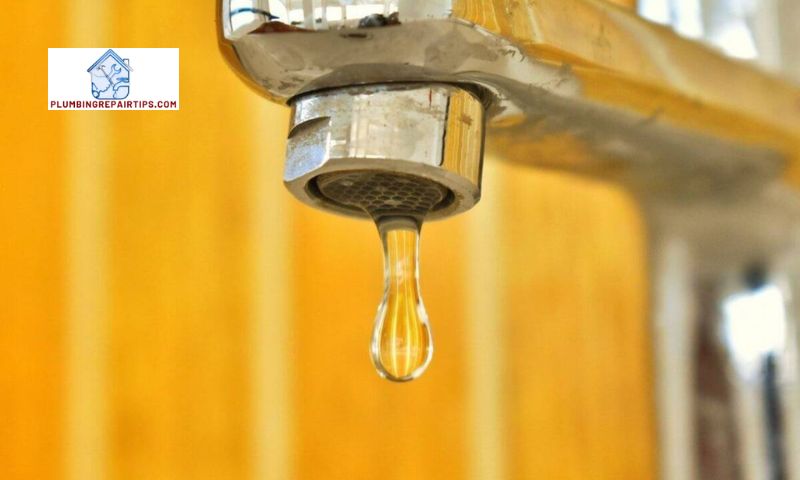
Flushing the Water Heater Tank
One of the primary steps in addressing yellow hot water is to flush the water heater tank. Over time, mineral deposits and sediments can accumulate at the bottom of the tank, leading to discoloration. To remedy this, follow these steps:
- Turn off the power supply or gas valve to the water heater.
- Attach a hose to the drain valve at the bottom of the tank and place the other end in a suitable drainage area.
- Open the drain valve and allow the water to flow out, flushing away any sediments or debris.
- Repeat the process until the water runs clear.
- Close the drain valve and refill the tank, ensuring the temperature settings are appropriate.
Cleaning or Replacing Corroded Pipes
Corroded pipes can also contribute to yellow hot water. If you suspect corroded pipes are the culprit, consider these actions:
- Inspect the visible pipes for signs of corrosion, such as discoloration or rust.
- If minor corrosion is detected, you can attempt to clean the affected areas using a pipe brush and a solution of vinegar and water.
- For severe corrosion, it may be necessary to replace the affected pipes entirely. Consult a professional plumber for assistance.
Treating Bacterial or Algae Growth
In some cases, yellow hot water can be a result of bacterial or algae growth within the water system. To address this issue, take the following steps:
- Disinfect the water system by using a water treatment solution recommended for the specific type of bacteria or algae present. Consult a professional for guidance.
- Regularly clean and disinfect faucets, showerheads, and other fixtures to prevent further growth and ensure the cleanliness of your water supply.
Installing a Water Softener or Filtration System
To prevent mineral deposits and sediments from causing yellow hot water, consider installing a water softener or filtration system. These systems can effectively remove impurities, ensuring the clarity and quality of your hot water. Consult a professional to determine the most suitable option for your specific needs.
By following these steps, you can effectively address the issue of yellow hot water and restore the clarity and safety of your water supply. Remember, if you are unsure or uncomfortable performing any of these tasks, it is always best to seek the assistance of a professional plumber to ensure proper resolution.
Preventing Yellow Hot Water
Prevention is always better than cure, and when it comes to yellow hot water, taking proactive measures can save you from the hassle and potential risks. By following a few simple steps, you can maintain the quality and clarity of your hot water supply. Let’s explore some effective methods to prevent the occurrence of yellow hot water.
Regular Maintenance of the Water Heater
One of the key factors in preventing yellow hot water is ensuring the regular maintenance of your water heater. Over time, mineral deposits and sediments can accumulate in the tank, leading to discoloration. Flushing the water heater periodically helps remove these deposits and keeps your hot water clean and clear.
Using Water Softeners or Conditioners
Hard water is a common culprit behind yellow hot water. By installing a water softener or conditioner, you can significantly reduce the mineral content in your water supply. These devices work by replacing calcium and magnesium ions with sodium ions, preventing the formation of mineral deposits that can cause discoloration.
Proper Cleaning and Disinfection of Pipes
Corroded or contaminated pipes can contribute to the yellowing of hot water. Regularly inspecting and cleaning your plumbing system can help prevent this issue. In case of corrosion, consider replacing the affected pipes to ensure the integrity of your water supply.
Monitoring Water Quality
Keeping an eye on the quality of your water is crucial in identifying and addressing any potential issues. Regularly test your water for contaminants, bacteria, or other impurities that may cause discoloration. If any abnormalities are detected, consult with a professional to determine the appropriate course of action.
By implementing these preventive measures, you can maintain the clarity and quality of your hot water supply, ensuring a pleasant and worry-free experience every time you turn on the tap. Remember, prevention is the key to avoiding the inconvenience and health risks associated with yellow hot water. So, take proactive steps to safeguard your water supply and enjoy the benefits of clean, clear, and healthy hot water.
Stay tuned for the next section, where we will explore effective solutions to fix yellow hot water if prevention measures have failed.
Conclusion
In conclusion, dealing with yellow hot water is not a situation to be taken lightly. The discoloration is often a sign of underlying issues that can have detrimental effects on your health, skin and hair, as well as your appliances and plumbing systems. It is important to address this problem promptly to ensure the safety and well-being of your household.
By understanding the causes of yellow hot water, such as mineral deposits, corrosion, and bacterial growth, you can take proactive steps to rectify the issue. Flushing the water heater tank, cleaning or replacing corroded pipes, and treating bacterial or algae growth are effective solutions to restore the clarity of your hot water supply.
Prevention is key in maintaining the quality of your hot water. Regular maintenance of your water heater, the use of water softeners or conditioners, and proper cleaning and disinfection of your pipes can help prevent yellow hot water from occurring in the first place. Monitoring the quality of your water and addressing any issues promptly will ensure a continuous supply of clean, clear, and safe hot water for your everyday needs.
At plumbingrepairtips.com, we understand the importance of reliable hot water in your daily life. Our team of experts is committed to providing you with the knowledge and solutions to tackle common plumbing issues, like yellow hot water. Remember, your health and comfort are our top priority.
So, don’t let yellow hot water dampen your spirits. Take action today and restore the clarity and safety of your hot water supply. Trust plumbingrepairtips.com to guide you on your journey to a healthier and happier home.
Remember, clear and clean hot water starts with you!
